Patrolling the border, where immigrants wait to be caught

Approaching the Mexican-American border near McAllen, Texas, the border my own parents crossed before I was born, I wondered what I would see — and feel. By reputation, it is a scary place, where gangs dump the bodies of victims, migrants die of hunger and thirst, and gruff border agents pull young children from their parents’ arms.
Driving the gravel road that paralleled the border fence, I saw a plastic garbage bag on the roadside. Flies buzzed around it and vultures circled above. Imagining the worst, I called the local police, who asked me to stand by and wait for the officers. It was dark by the time they arrived, nearly an hour later. Inside the bag was a dead dog. I felt an odd sense of relief. The border wasn’t the hellish nightmare that some make it seem, at least not today.
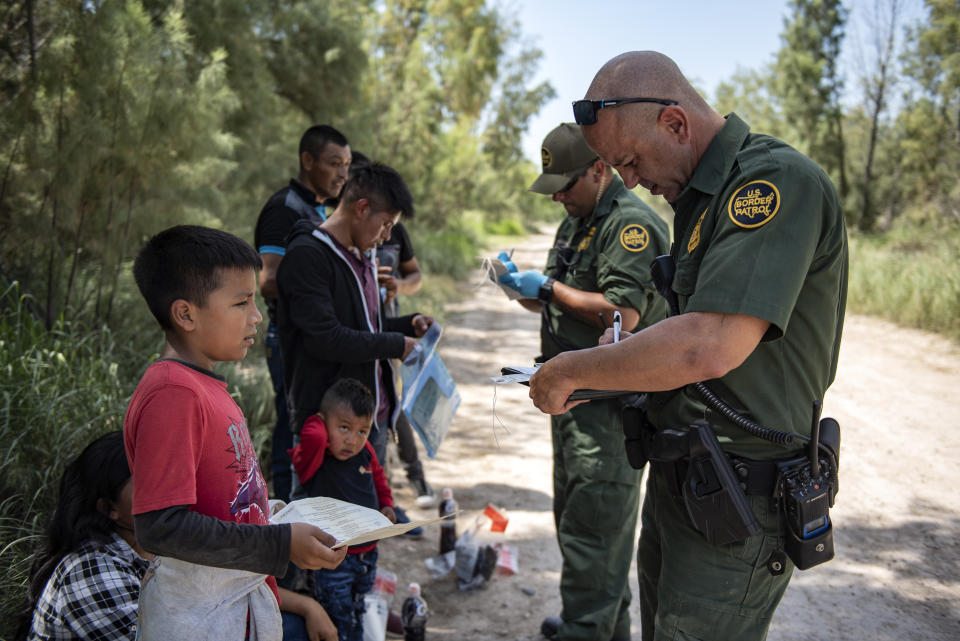
The next morning, I met up with Carlos Ruiz, a Border Patrol agent who would be escorting me for the day. He showed me the area he patrolled, a few miles southeast of McAllen, near Hidalgo. We looked for “sign” — evidence such as footprints, disturbed grass, or discarded items that suggest immigrants have been passing through. Then came a call from one of the agents monitoring the remote cameras at headquarters. A man wearing khaki pants and a blue shirt had been spotted in the area. Meeting up with another agent we searched the area near the river but didn’t find anyone. Another call came: seven or eight immigrants had been seen near the water tower at Mission, a town a few miles from McAllen. As we pulled up and got out of the car we saw a search helicopter flying low, just above the power lines. It left shortly after to refuel. Carlos and I walked into the brush to search. We saw nothing. The migrants were considered escaped and we moved on.
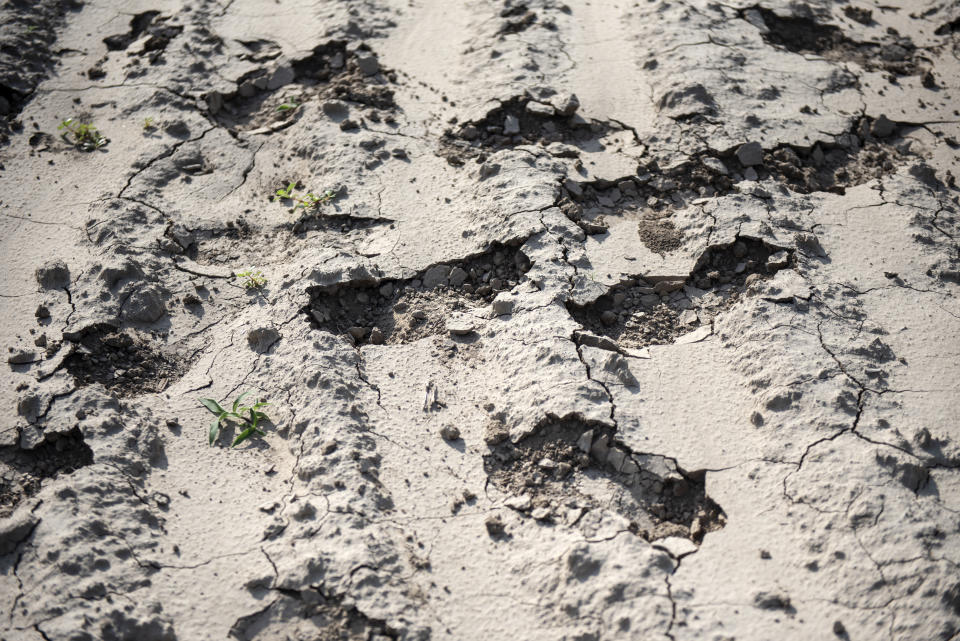
We headed down the road. Suddenly Carlos pointed to a group of around a dozen migrants walking towards us. I froze for a second, expecting them to panic, run or hide. Instead, they stopped and sat down near the road. Carlos got out of the car and gave them a friendly greeting: 12 people, mostly parents with children and one unaccompanied minor, all from Guatemala or Honduras. Carlos and another agent began the intake process. They collected documents and began creating ID tags. One man had a manila envelope with what looked like an X-ray peeking out. I had noticed the indentation on his head. He showed me what was in the envelope: an X-ray of his skull. I asked him to hold it up so I could photograph it. As I took the picture, all I could think about was how he made it 2,000 miles with this X-ray.
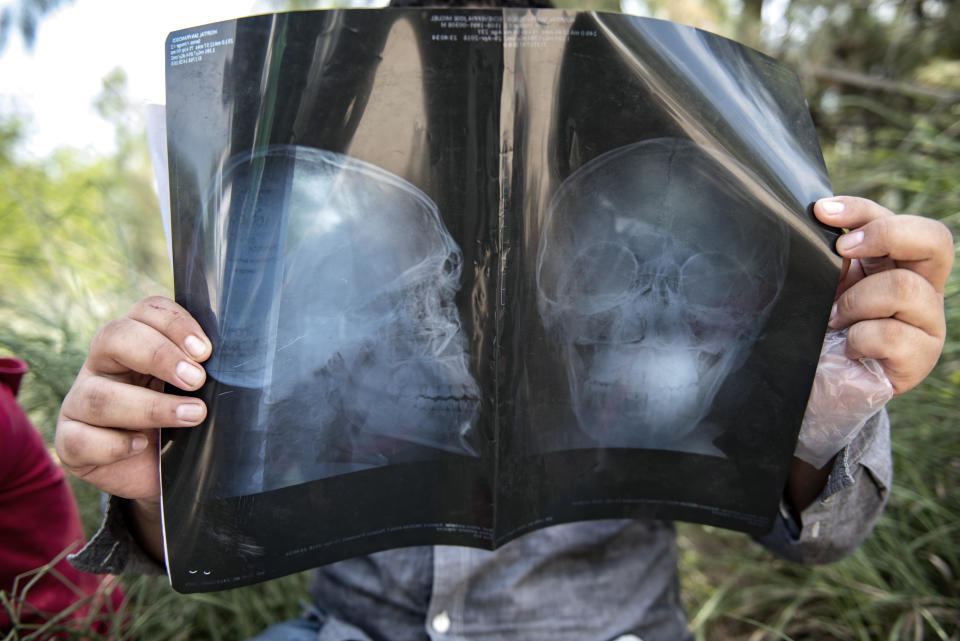
The radio crackled with an alert: More migrants were headed our way.
As they approached, I noticed a boy — the youngest one I had seen so far — being carried on his father’s shoulders. He was wearing a red hoodie to protect him from the sun. They sat down near the other group and waited to have their information taken. The father of the young boy pulled out a Gatorade bottle filled with some dark liquid and began drinking. The little boy reached for it thirstily. Another migrant was drinking a Coke. Carlos admonished them: They should drink water in the 103 degree heat. Another agent, Roy Ramirez, walked off hand in hand with the boy to get water from his truck. I was struck by his gentleness.
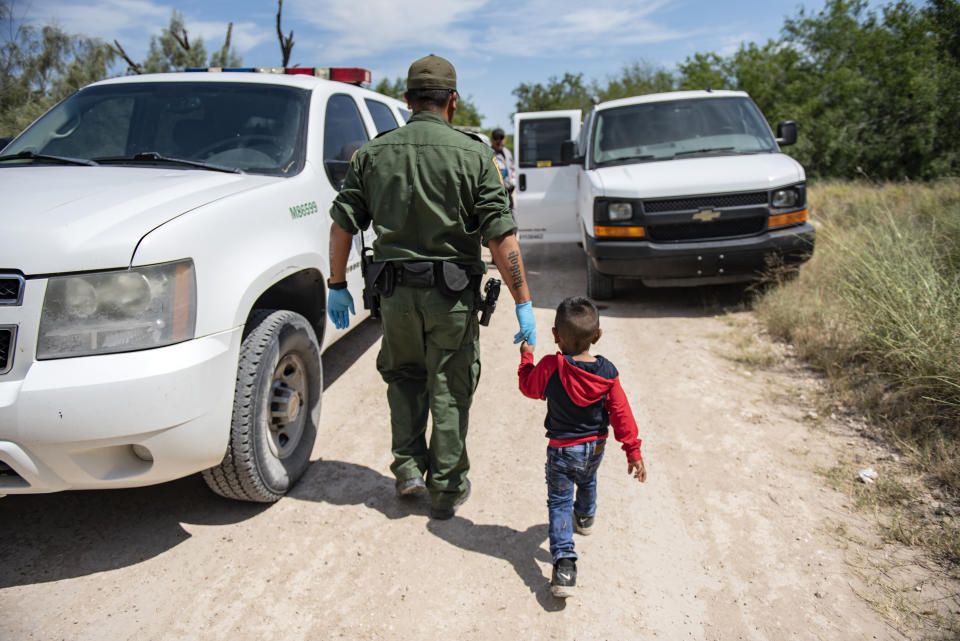
A van pulled up to begin transporting some of the 22 people waiting on the road to be processed at the Border Patrol center in McAllen. We drove ahead on the road and I noticed more people in the distance. “What did I tell you?” Carlos said as he rolled down the window and instructed the group to sit.
“Are those kids?” I asked. It was a group of teenagers, traveling without adults. The youngest was 14. There were two 15-year-olds and a 17-year-old girl. Carlos said they were far from the youngest he had encountered. None of them had any identification of any kind. I knelt down in front of them and took a close-up. I wondered where their parents were, or if they had parents, or if I could have ever made it 2,000 miles on my own to a new country. After a few minutes another group walked up bringing the total to 34. “You woke the sleeping giant,” Roy joked to Carlos. This group also included children, as young as 3. After everyone was accounted for and given water, they were taken away.
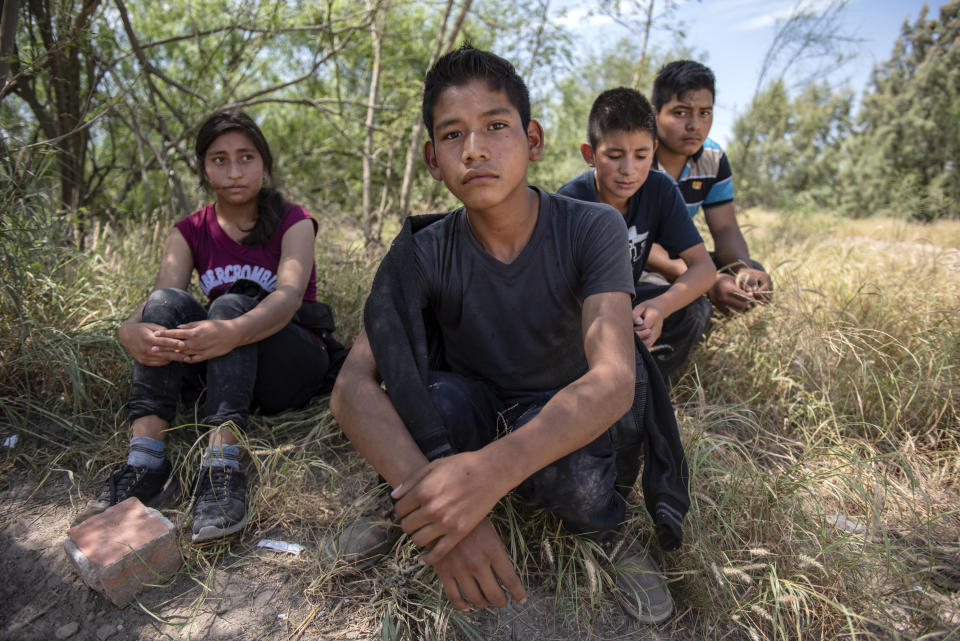
Carlos took me back to my car and I drove back to Austin.
I don’t know what happened to the immigrants I saw that day. I only know what I saw: an understaffed Border Patrol doing its job, humanely, treating the people they encountered with dignity. I know that sometimes drugs are found, and that people get hurt, and that bad people come across the border. But I hope there will be more days like the one I spent with Carlos and Roy near McAllen, Texas.
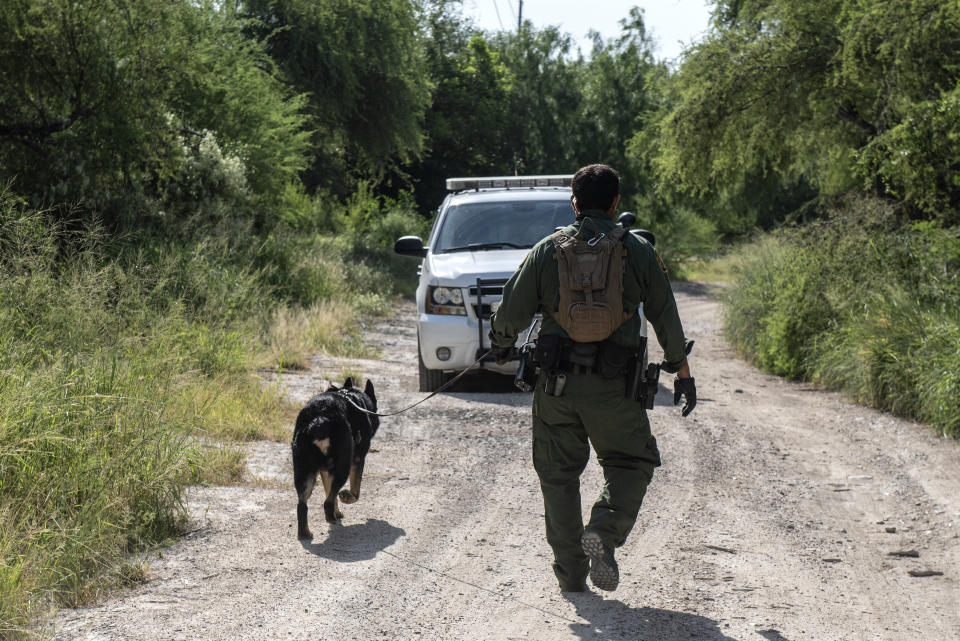


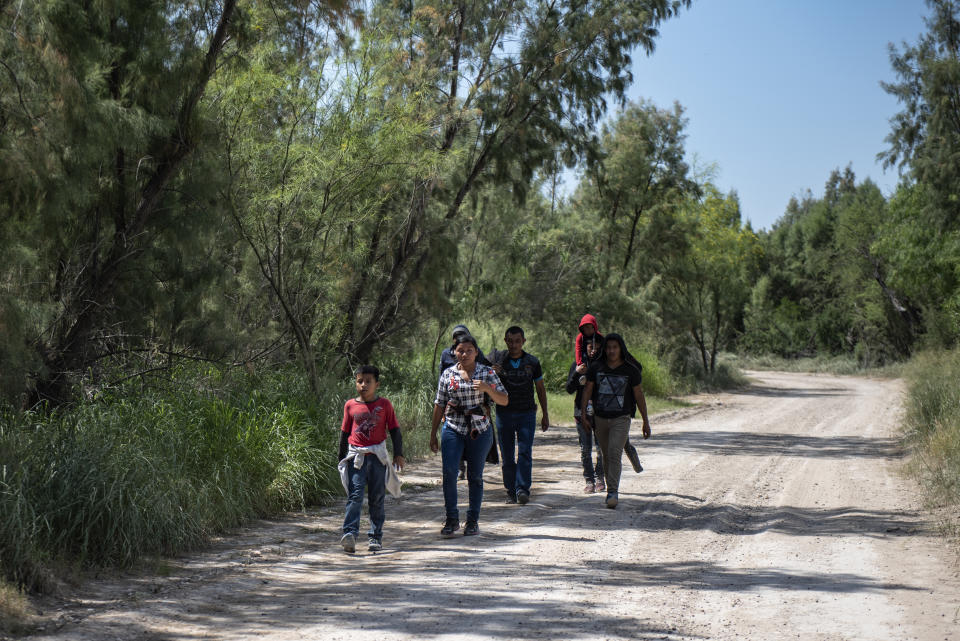
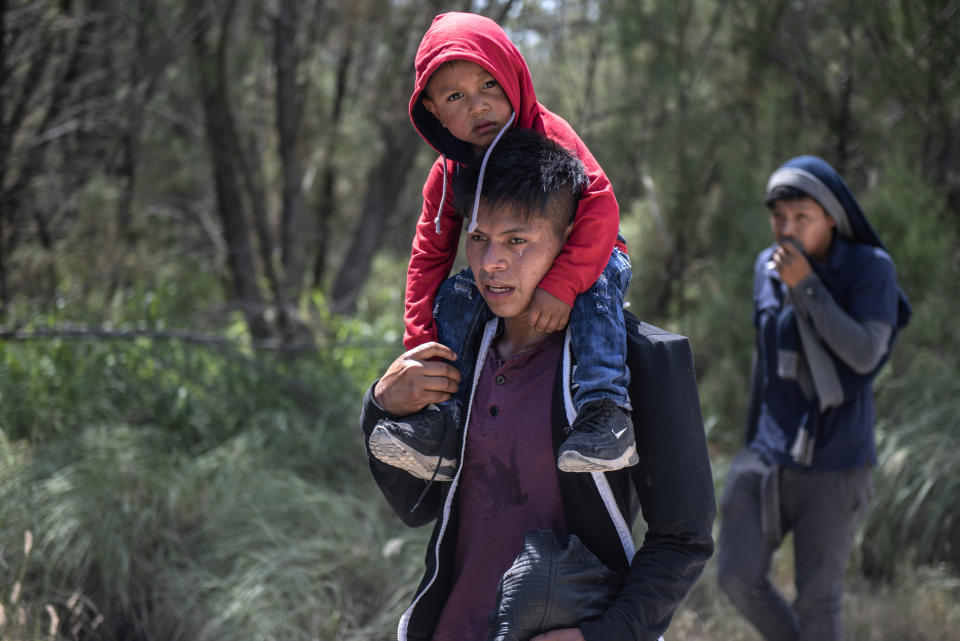
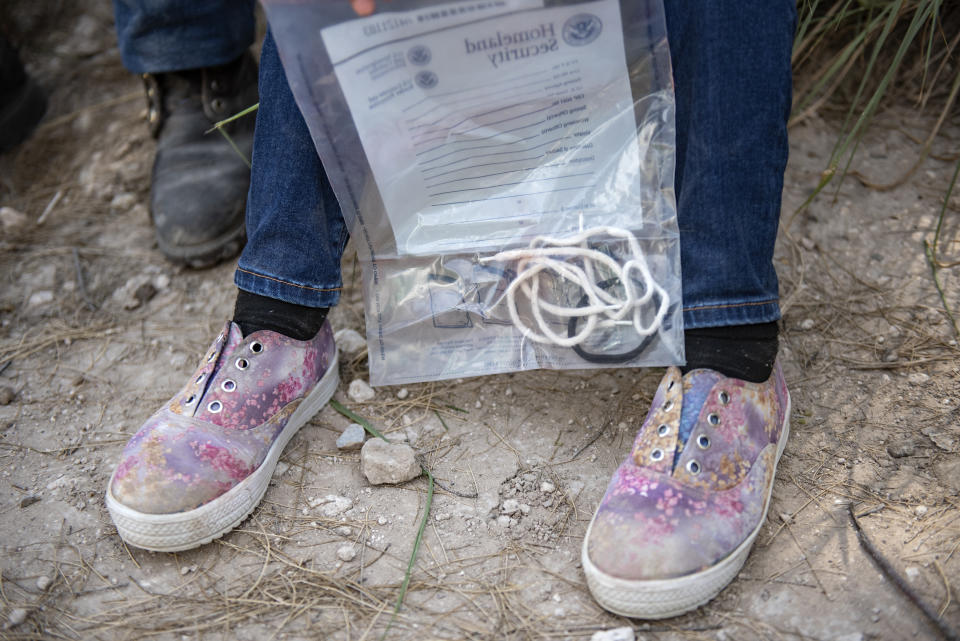
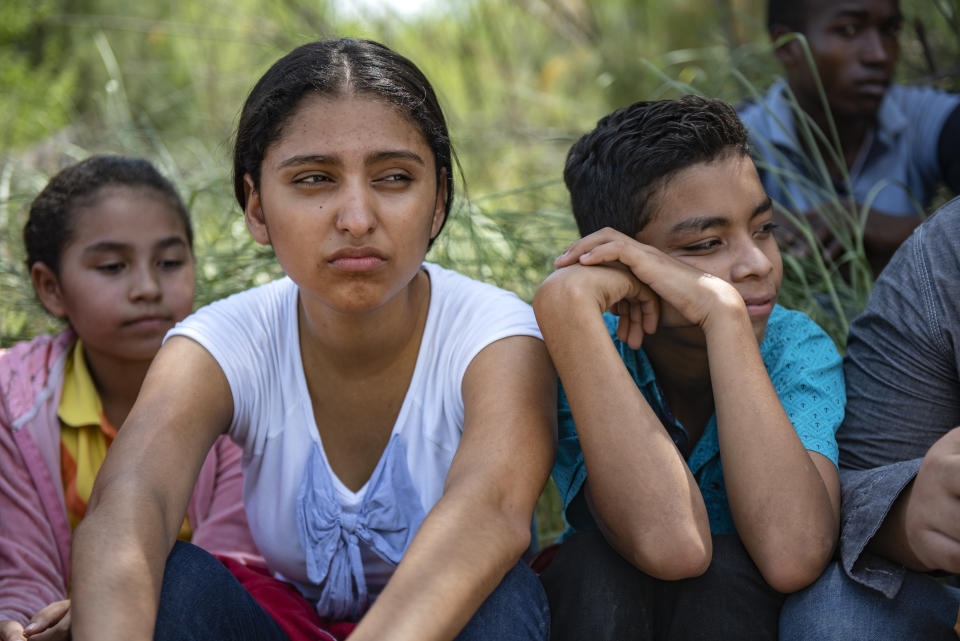
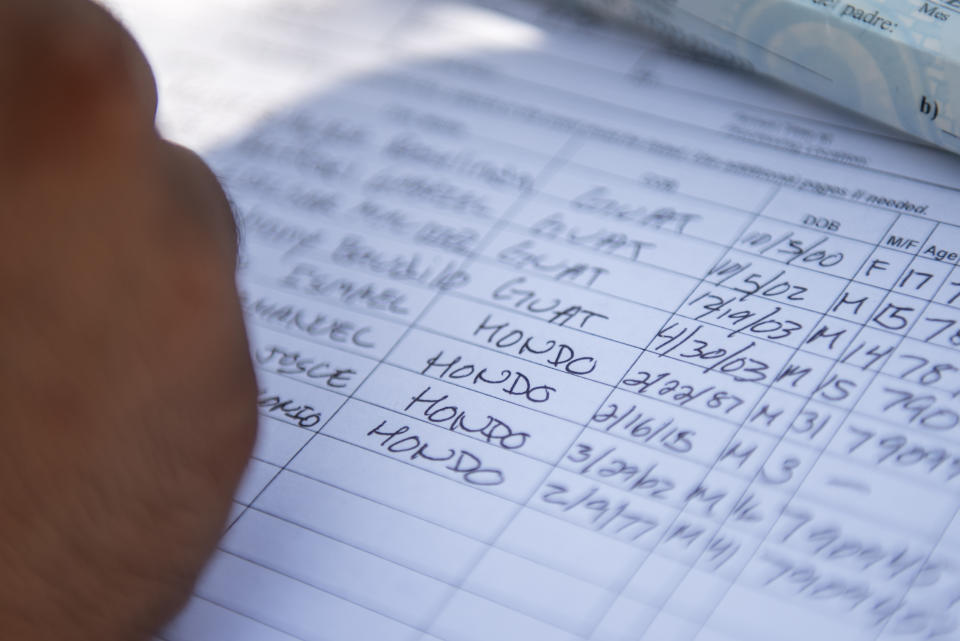
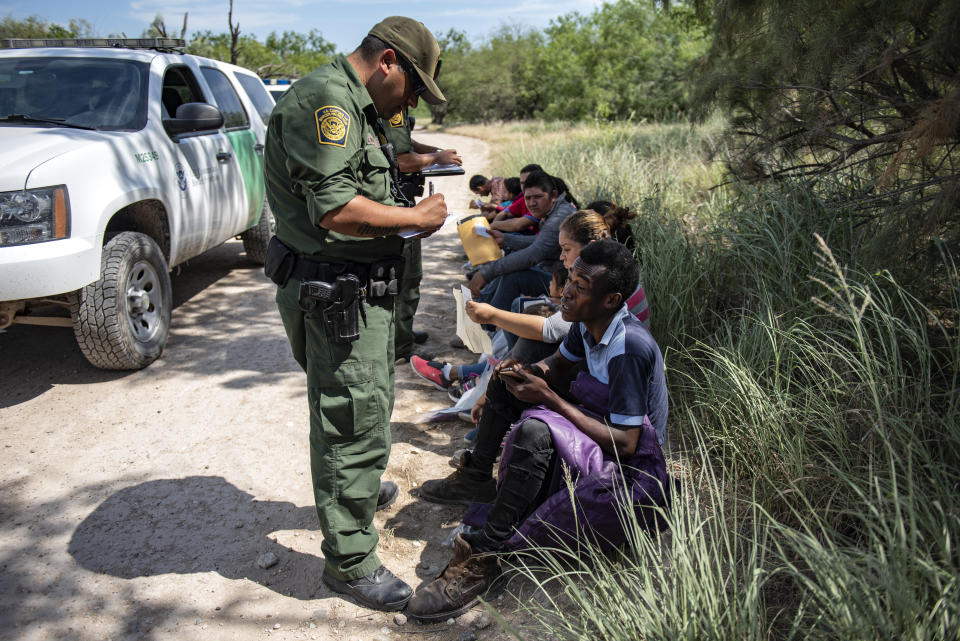
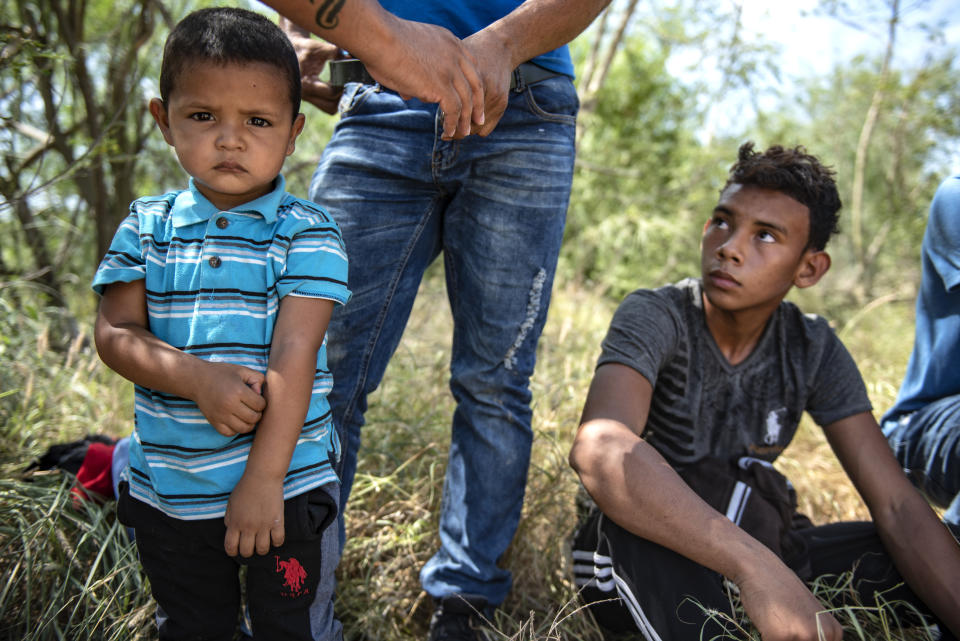
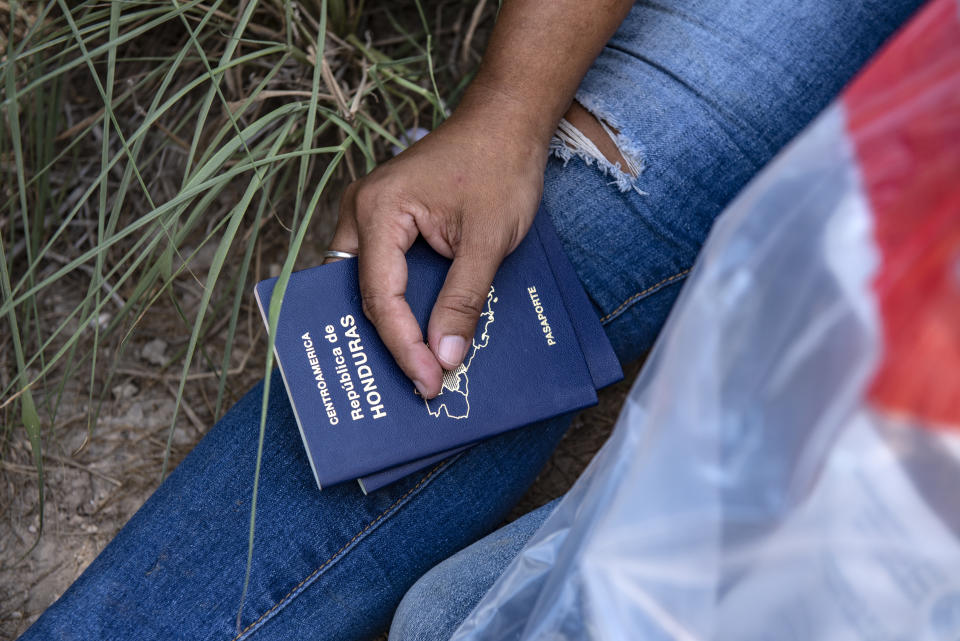
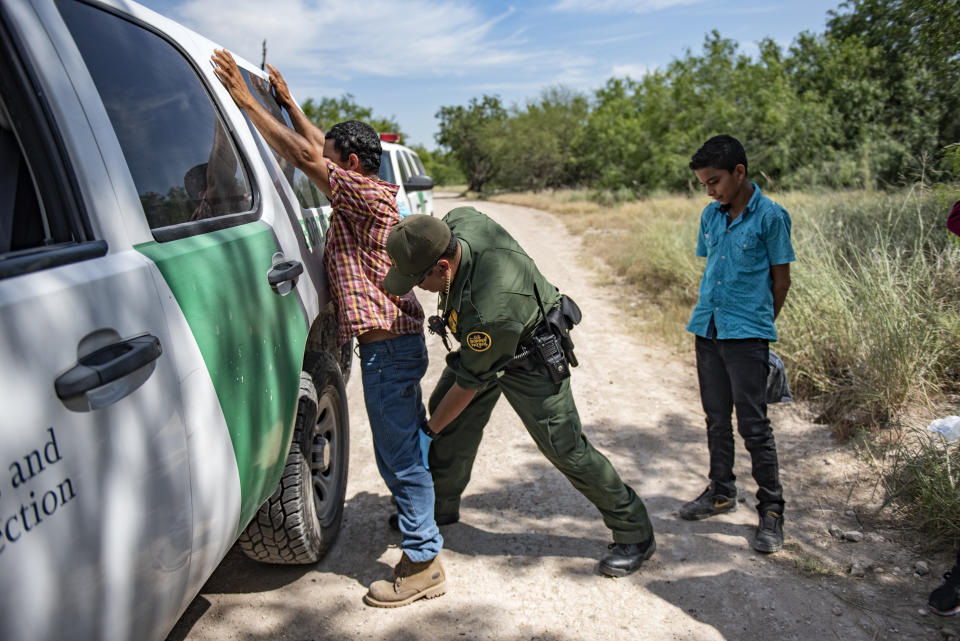

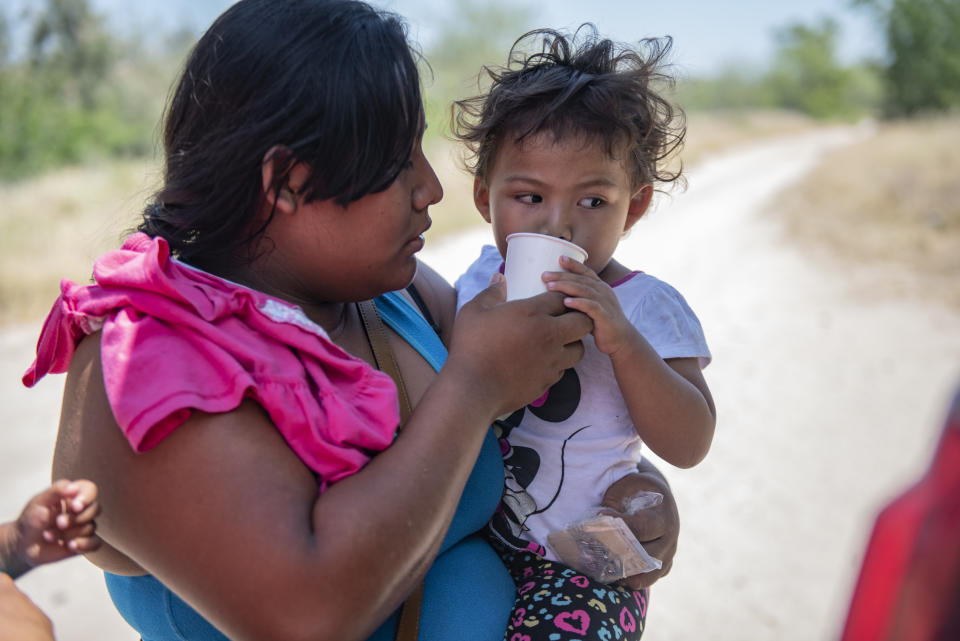
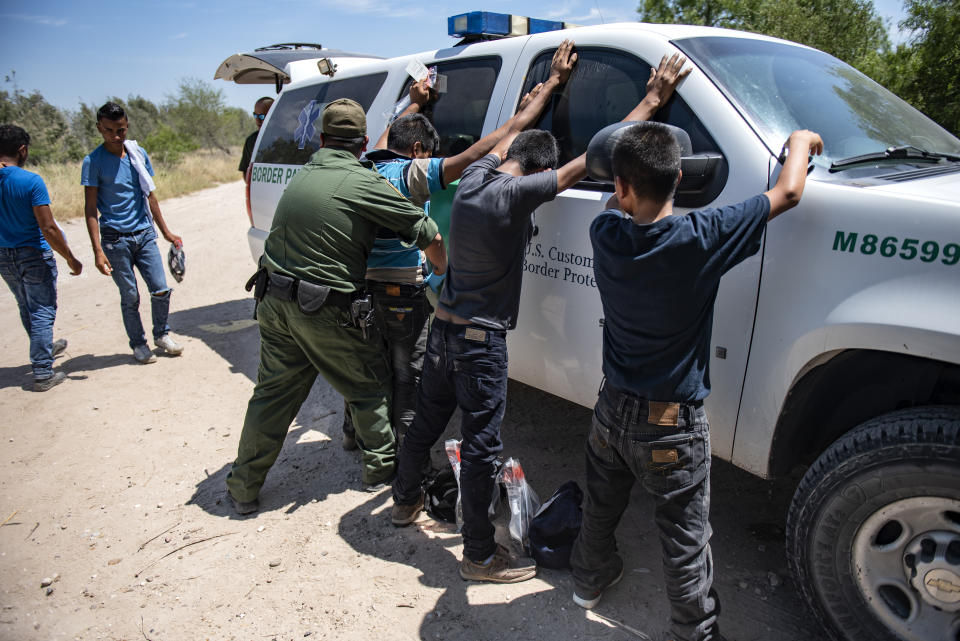
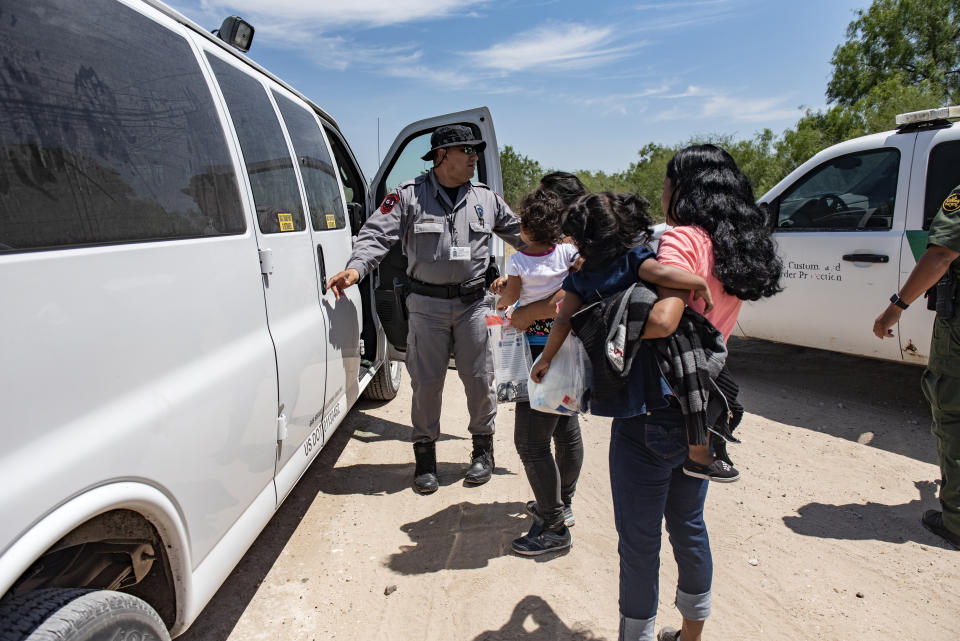


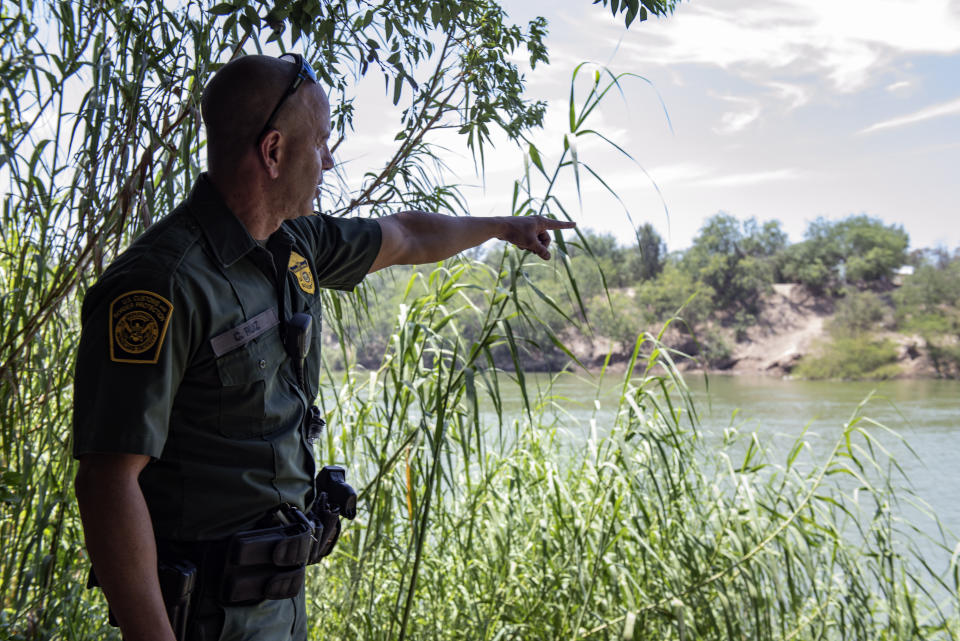
Sergio Flores is an award-winning photographer and filmmaker based in Austin, Texas.
See more news-related photo galleries and follow us on Yahoo News Photo Twitter and Tumblr.
_____
Read more from Yahoo News:
Ecstasy-assisted psychotherapy is bringing peace to people with PTSD
Turned away by 2 countries, rescued refugees end their odyssey in Spain
Racial imbalance? Admissions policies at Harvard and Stuyvesant HS under scrutiny
Photos: Children held under Trump administration’s “zero tolerance” illegal immigration policy

